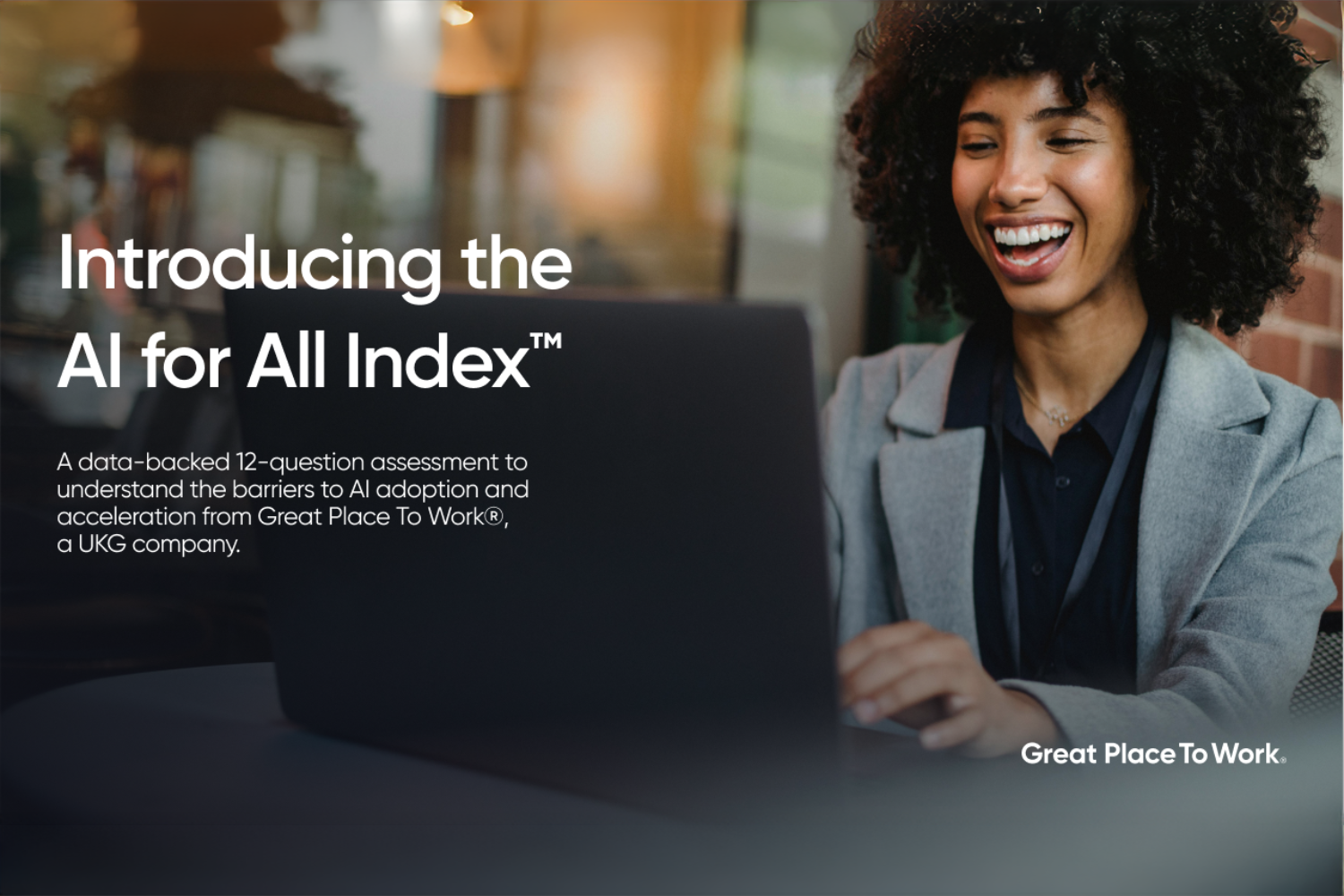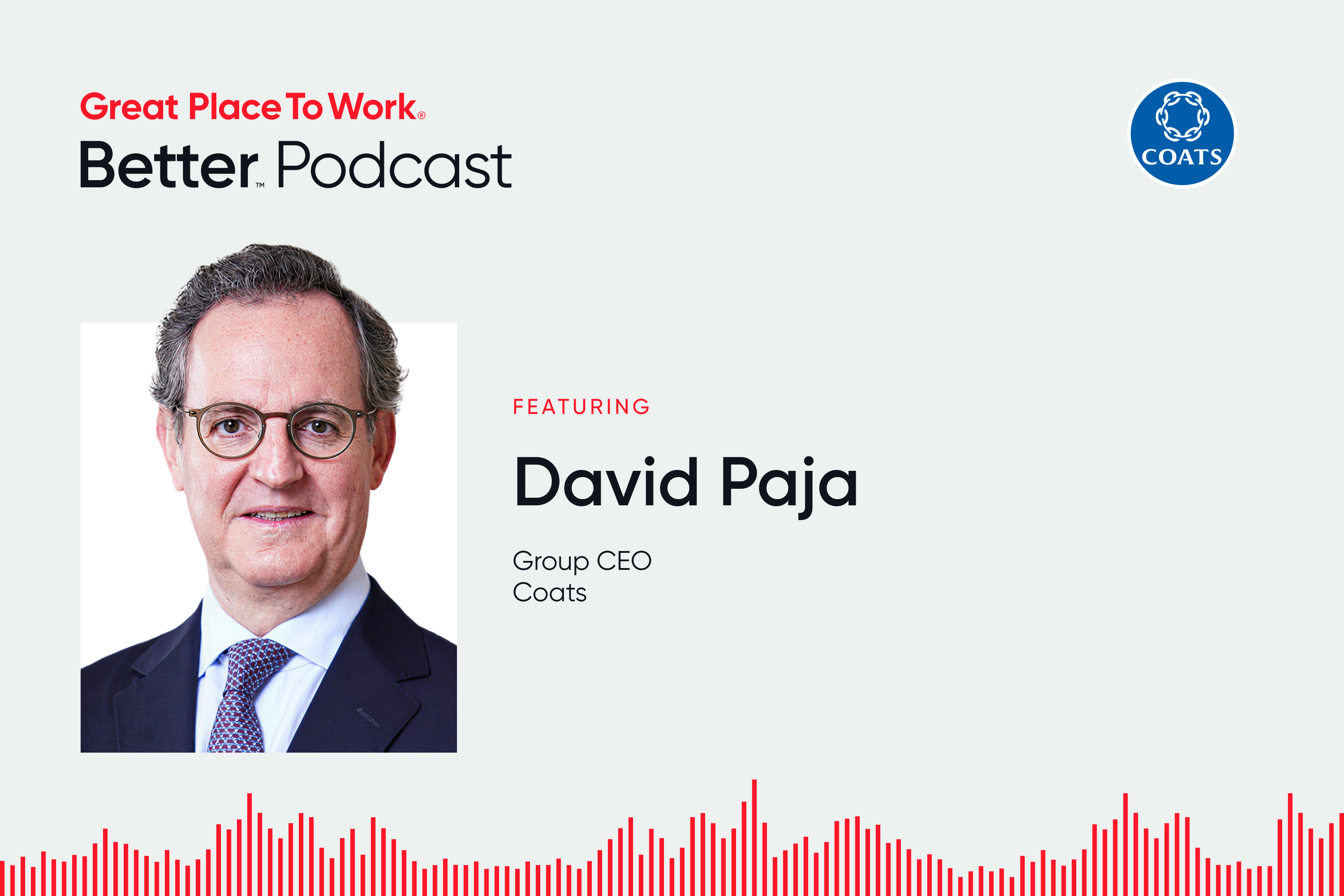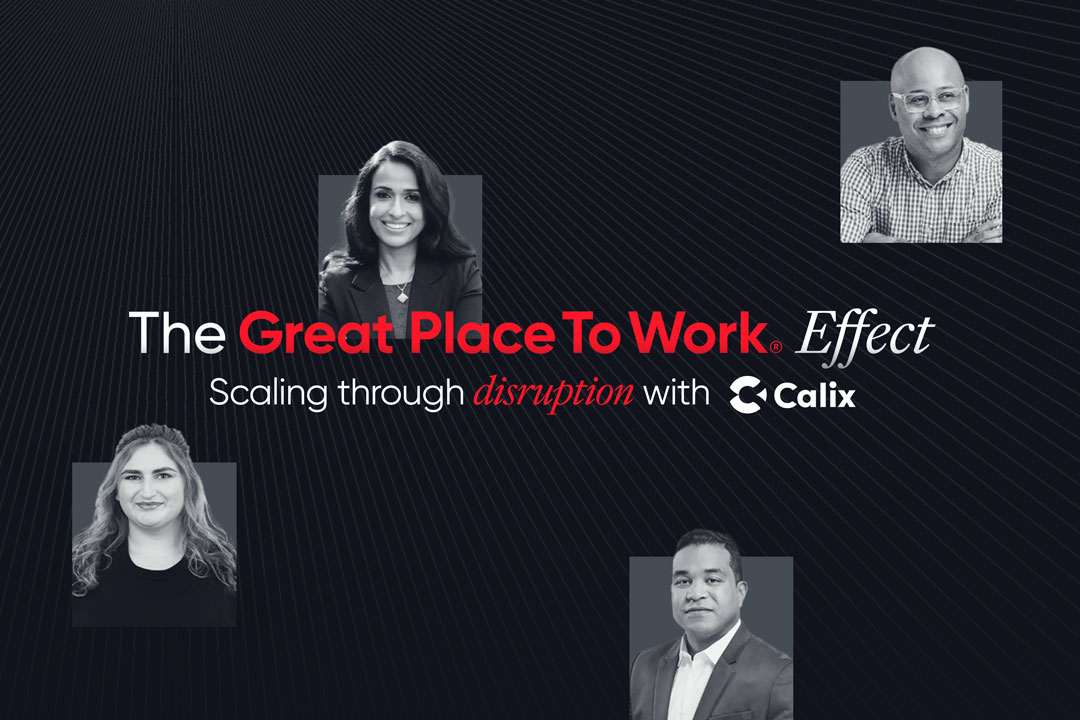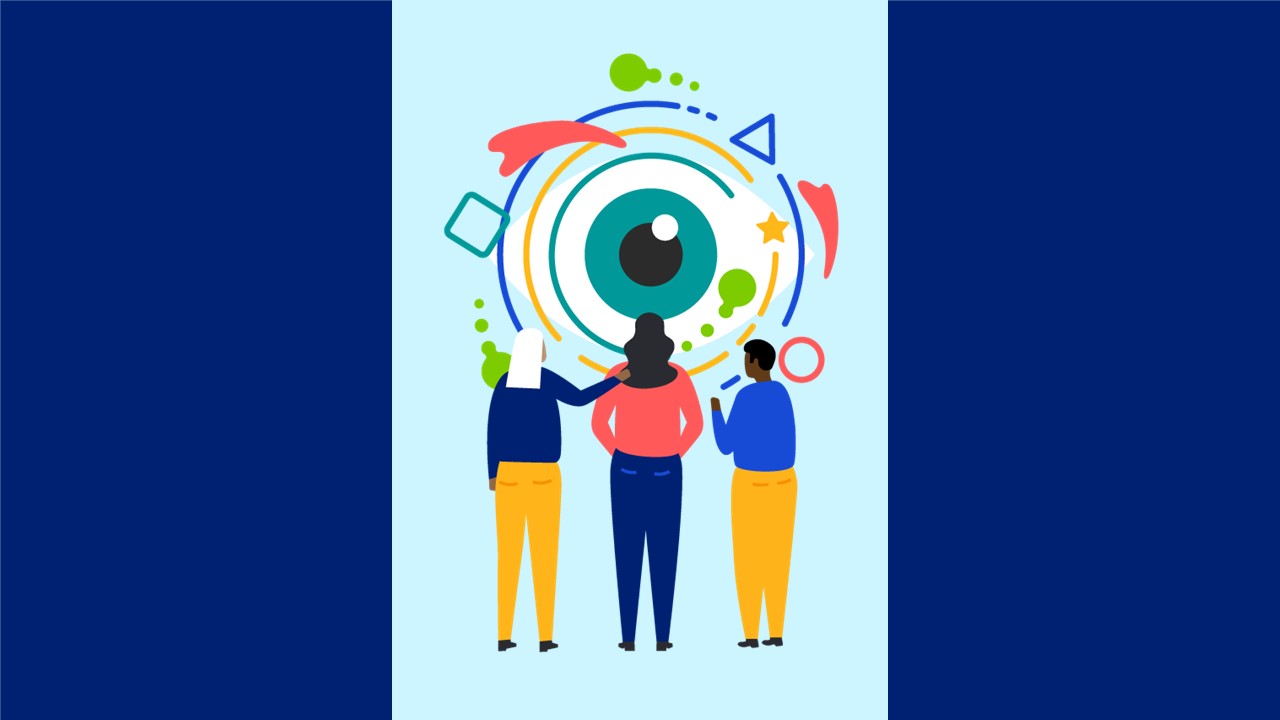Chief People Officer Kelly Jones shares how the tech leader, No. 5 on the Fortune 100 Best Companies to Work For Europe, is using AI to empower workers.
While many employees are worried that AI will take their jobs, some leaders are trying to use AI to create a better experience for all employees.
Cisco, No. 5 on the Fortune 100 Best Companies to Work For™ Europe List, is trying to unlock the potential of employees rather than simply eliminate inefficiency.
“If you look at this only through the lens of, ‘How do we increase productivity of a company?’, the cost leaves the system one time,” says Kelly Jones, chief people officer at Cisco. “It’s shortsighted.”

Instead, the opportunity with AI lies in a focus on experience: “How do you use the technology to drive better results for your customers and for your business?”
Jones and Cisco’s answer: “If you can give 5% of their time back to a more than 86,000-person enterprise, what they can do with that time to drive better outcomes for our customers is exponential.”
Using AI to save employee time
For the HR team at Cisco, one of the basic ways to save employees’ time was to create an AI agent that can directly answer their HR questions using company information and employee data. For example, a question about how much remaining personal time off an employee has gets a quick response without having to open a case with HR.
The AI agent then goes one step further to provide time savings. When an employee tells the tool she wants to take two weeks off in September, the agent not only logs the request but helps take the next step: “It will say, sure, do you want me to write a letter to your leader letting them know you’re going?” Jones says.
Even an AI agent requires a significant level of employee trust, Jones explains.
“We’re allowing people to interact with our HR tools for important tasks like entering PTO or finding out how much they put in their 401k,” she says. “You need to be able to say to them: ‘By opting in, this is what we’re doing with your data, this is how it’s moving back and forth between tools.’”
Cisco has built, over many years, the trust that now fuels its AI adoption. Eight in 10 (83%) of Cisco employees in Europe would recommend their company as a great workplace to friends and family. For comparison, only 55% of European workers at a typical company would do the same, per a Great Place To Work® market survey.
The AI opportunity for HR
Building upon these early pilots, Cisco’s plans for AI promise to transform how employees experience the workplace.
New AI tools will improve time-tracking, currently an arduous manual process for European employees to meet EU regulations. AI will also be able to nudge leaders and employees based on things like flagging employee engagement.
Jones is particularly excited about the opportunities for personalization. “We fill 10,000 roles a year,” she explains. “Soon AI can go in and give customized nudges to an employee, based on their interests or skills, that a role opened up and maybe they should apply.”
The opportunities for personalization are endless. Onboarding can be personalized based on the team and role a new employee will join, accelerating time to productivity and reducing the need for additional trainings. Employees can get personalized recommendations and resources about available benefits. (“One of our biggest challenges is we have so many benefits and people don’t always know about them,” Jones says.)
AI tools even make it possible for leaders to get help with rewards and compensation, giving a nudge when an employee might need an adjustment to ensure they don’t fall behind.
There’s evidence that these kinds of transformations aren’t getting the investment that AI tools for sales and marketing have received. MIT research found that while 95% of AI pilots have failed to launch, the opportunity to transform back-office processes with AI was largely underfunded at the organizations studied.
Tips for unleashing AI’s potential
What is helping accelerate Cisco’s AI transformation? Trust and employee choice.
For example, employees who choose to go to the office have higher AI usage than those who do not go at all. Additionally, teams with more autonomy and input over hybrid or remote work options were more likely to quickly adopt AI, Cisco learned. “When we empower employees with flexibility and choice, we not only accelerate AI adoption — we enable our top performers to do their best work,” Jones says.
There are lots of ways to build trust around AI initiatives, but the most important step is to make sure employees are involved in developing the systems and workflows for this new technology.
“If you involve the employees in every phase, from the evaluation to the policy considerations to the workflow needs, you’re going to get higher adoption,” Jones says. While its more than 86,000 employees can’t weigh in on every initiative, the team makes an effort to get a representative sample of roles and experiences to offer feedback. Cisco also partners with groups like its Cisco Disability Action Network to test new tools for accessibility issues and to ensure a new system works for everyone.
Think your company belongs on this list? Start here.
Get recognized for your culture
Gain accolades for your workplace environment and attract top talent who share your values.











